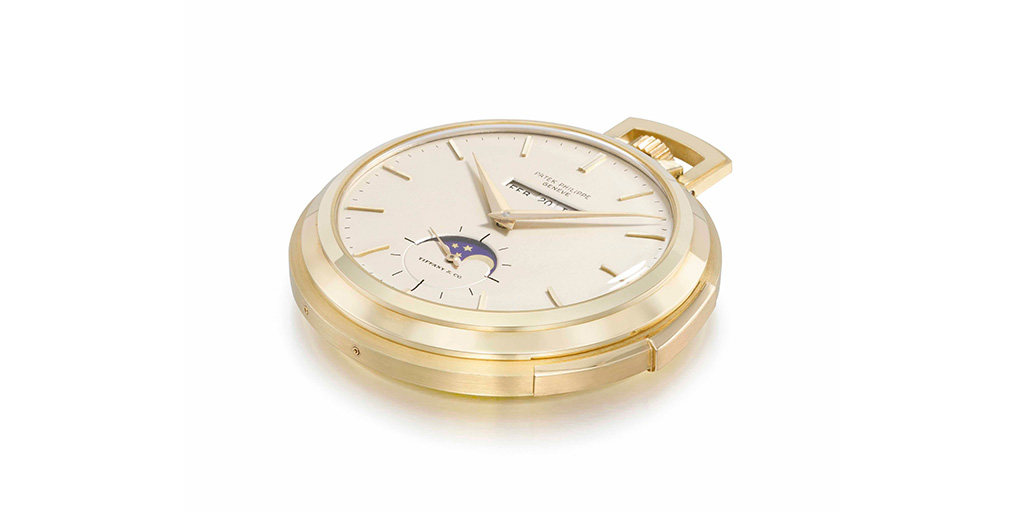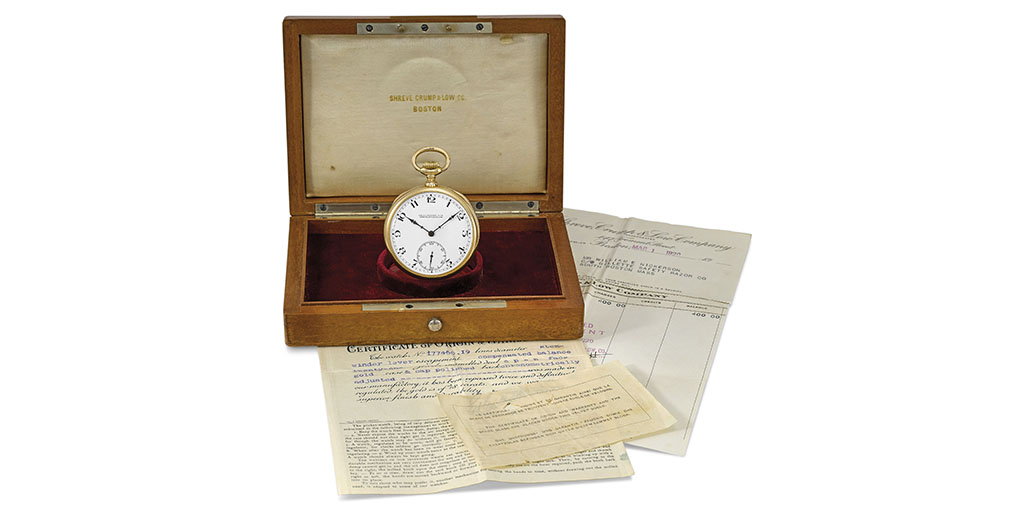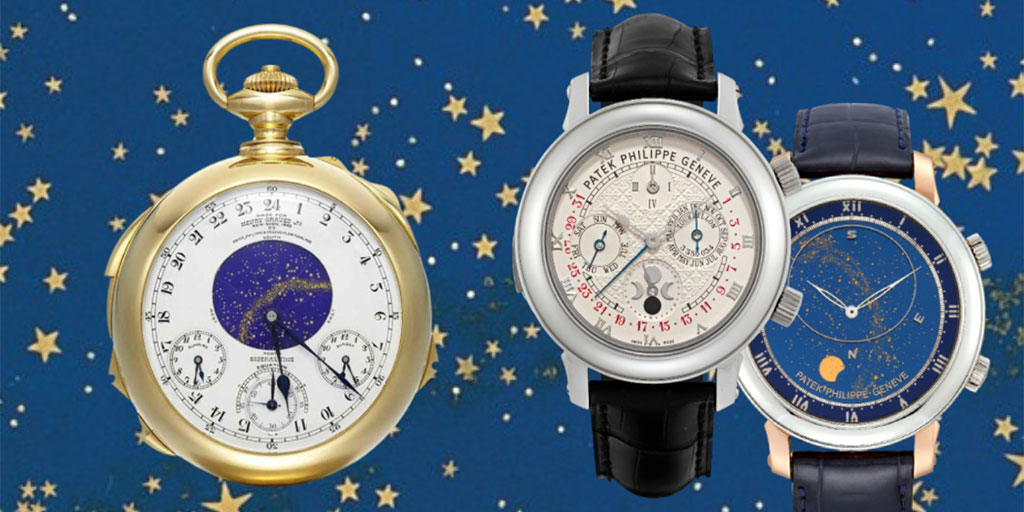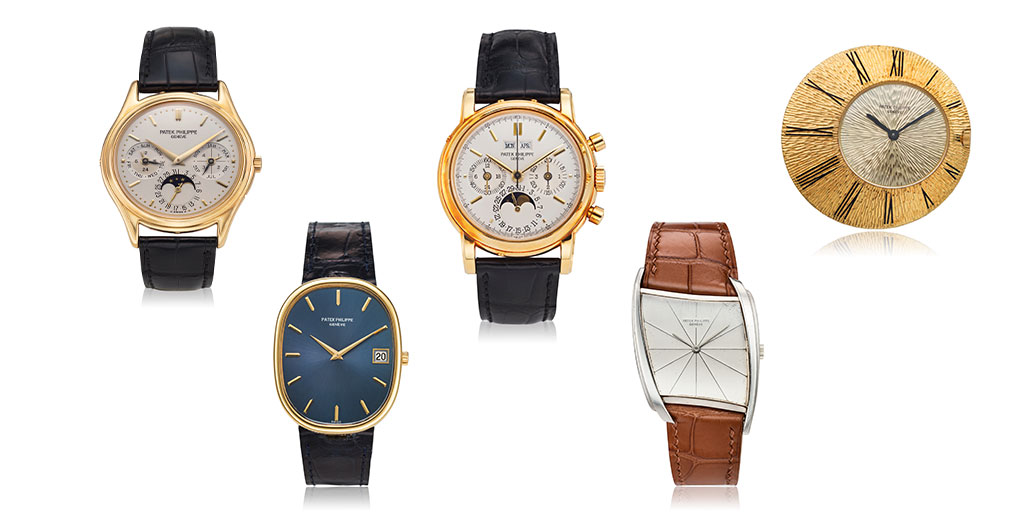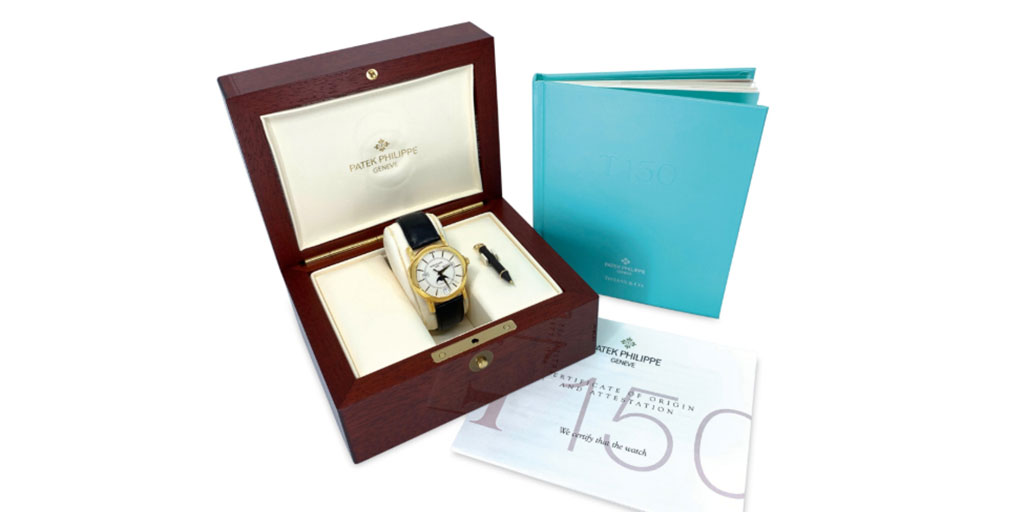Perhaps no other object or work of art in the world has a better value proposition than a Patek Philippe pocket watch. I have had friendly debates with fellow collectors for over 20 years on this claim! I particularly love to debate people who are obsessed with collecting modern brand X or Y or Z for investment purposes while ignoring some of the most beautiful, and affordable, works of art ever produced. For example, I look at the kind of money people easily part with to buy a stainless-steel Daytona from 1985, while they scoff at the thought of spending the same money on a Patek Philippe perpetual calendar chronograph from 1885. I know we can’t compare apples to oranges here but let’s look at the facts and you can come to your own conclusion.
First some price point comparisons to consider
A Rolex White Gold Rainbow (270,000 USD) vs. A Patek Ref. 600/3 (27,000 USD)

vs.
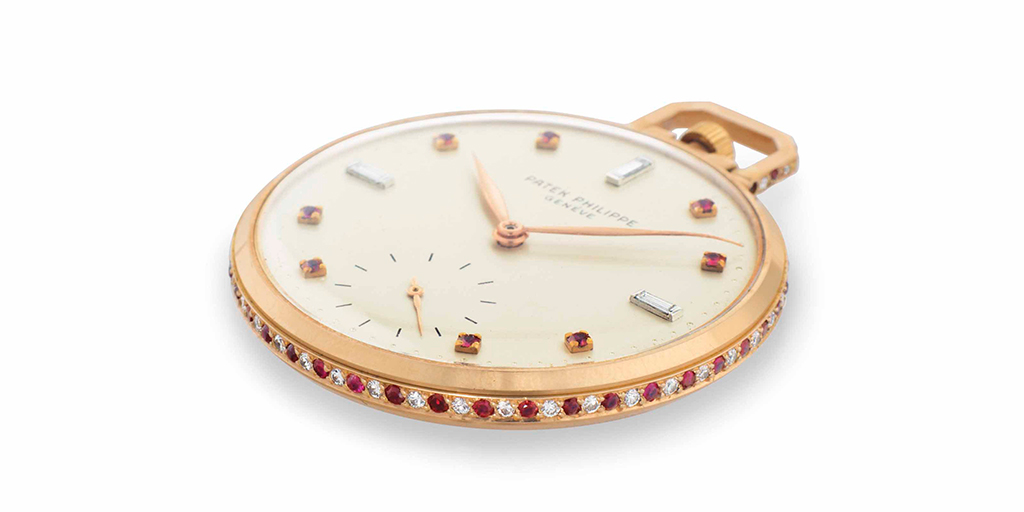
A Richard Mille RM52-01 (675,000 USD) vs. A Patek Observatory watch (22,500 CHF)
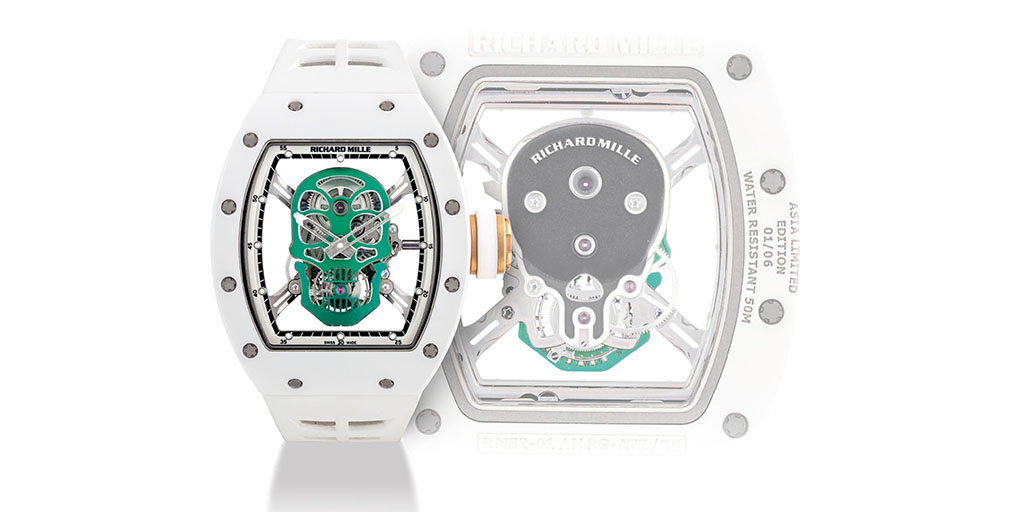
vs.
The value of craftsmanship
I can already hear the naysayers saying how unfair is it to compare such things and ultimately the real definition of value lies in what a buyer is willing to pay. However, it is important to view this question from a historical and horological point of view and take rarity and true handmade workmanship into consideration. My opinion is quite clear on this matter: you can keep your machine-made hunk of mass-produced steel happily on your wrist and I’ll take the mass of precious metal – handmade-to-perfection with beautifully handmade and hand-finished individual parts – and celebrate it for what is it: a work of art that also tells the time.
From a horological point of view, it is an open and shut case that late 19th and early 20th century Patek Philippe pocket watches have a higher degree of hand finishing and exhibit a higher level of traditional watchmaking prowess than almost any other watch made today (with the notable exception of some stellar work by some of the independent watchmakers). And ask any Patek Philippe watchmaker to compare what they see in a caliber 324SC found within a ref. 5711/1A and an Extra quality pocket watch movement from 1919 and the consensus is that watchmaking today is not what it once was.
Pocket watch market
Every day it seems I hear someone say the pocket watch market is dead. However, as a buyer always looking to add to my collection, I can say without a doubt that the Patek Philippe pocket watch market is alive and well and there can be quite a lot of competition to obtain the best pieces. More and more collectors, retailers, investors, style influencers, and even sports stars are considering pocket watches as part of their stable of watches. I have also seen women of all ages wear a pendant or pocket watch around their neck, a fashion trend that seems to come and go year after year.
The bottom line is that pocket watches give you a lot more for your money than almost any other collecting category, pound for pound, complication for complication. Take for example the chronograph or minute repeater and draw your own conclusions.
Pocket watch vs. wristwatch in terms of sheer value
Patek Philippe Ref. 5074 (511,000 USD) vs. Patek Perpetual Calendar Minute Repeater Pocket watch (200,000 USD)
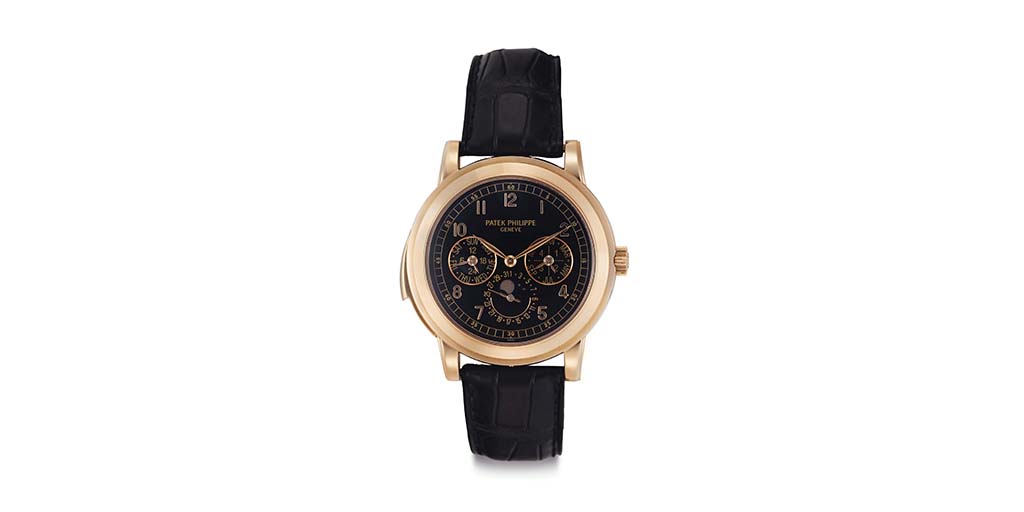
vs.
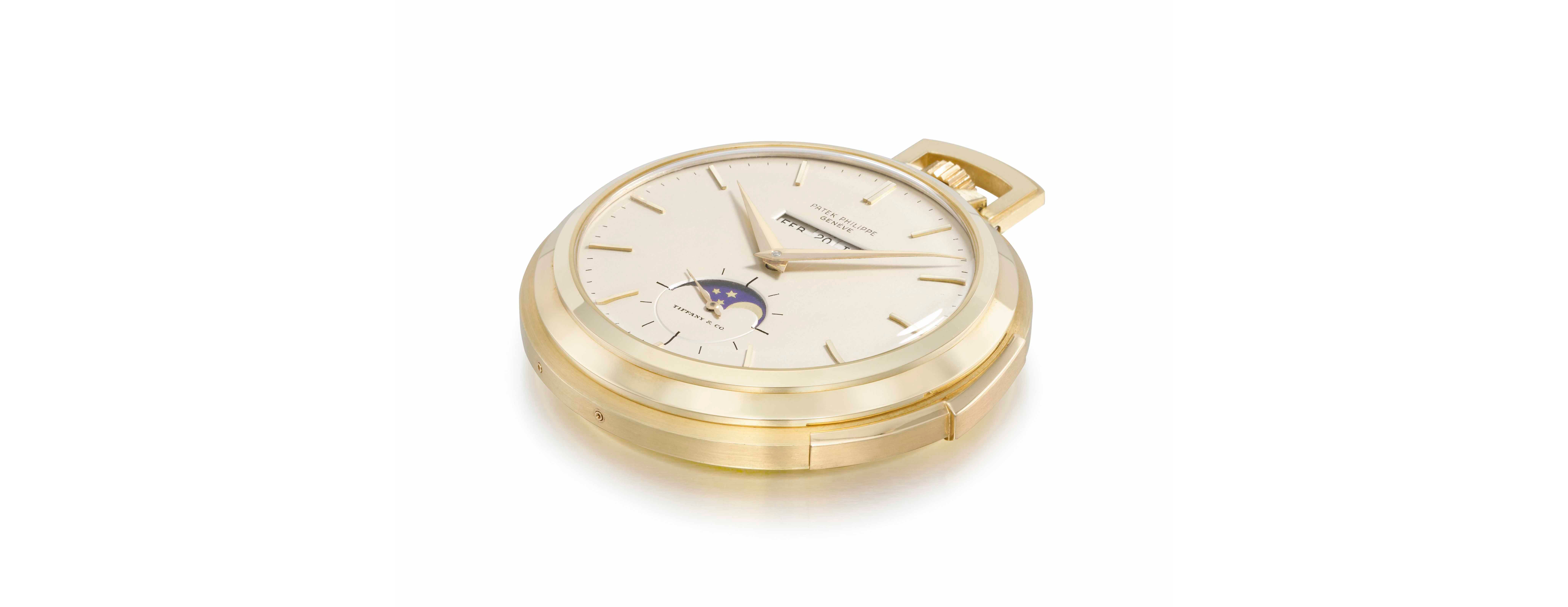
Patek Philippe Ref. 5959P (200,000 USD) vs. Patek Platinum Split Seconds (23,000 USD)
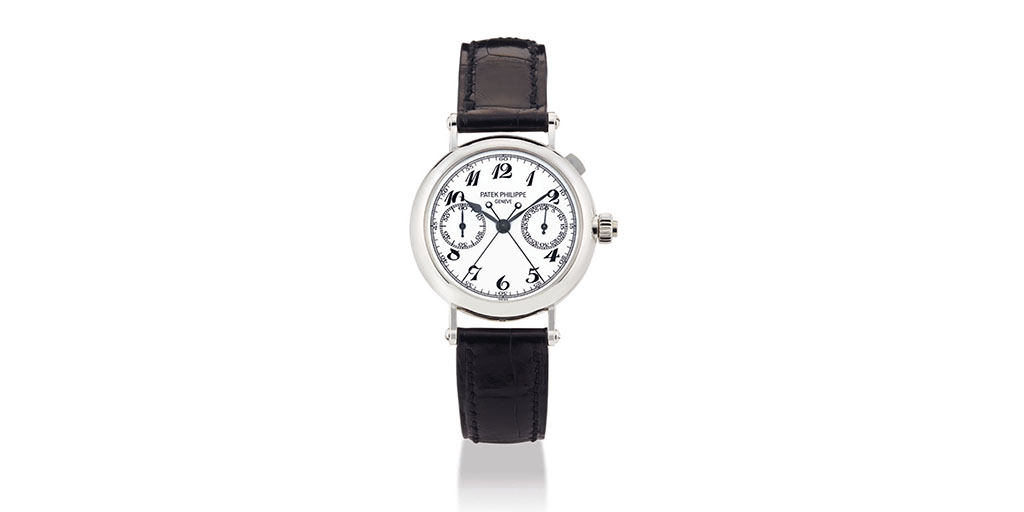
vs.
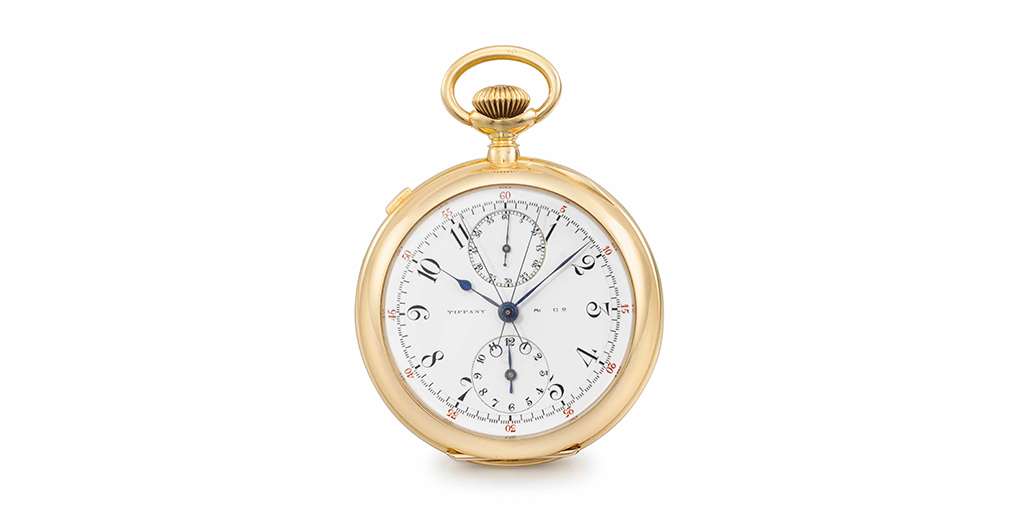
Patek 5079J (300,000 USD) Minute Repeater vs. Patek minute repeater (11,000 USD)
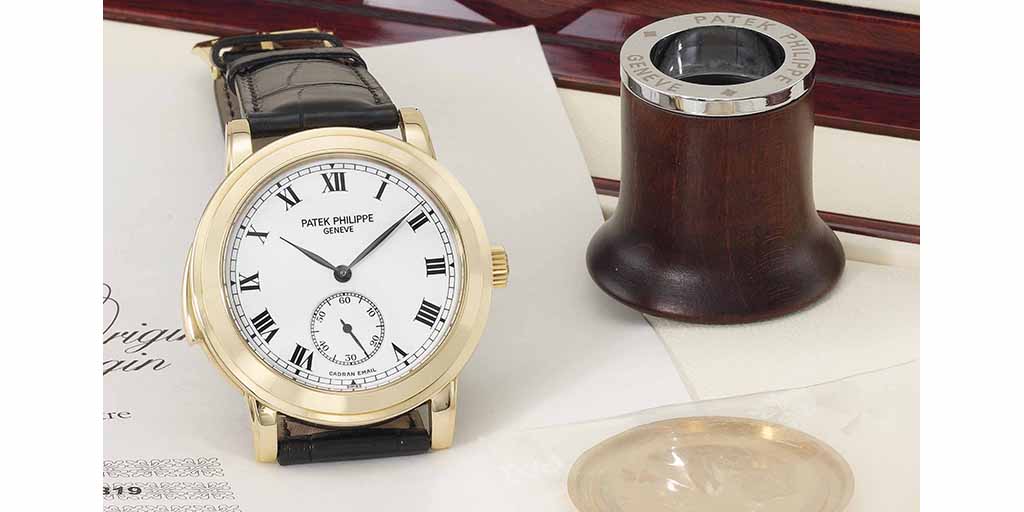
vs.
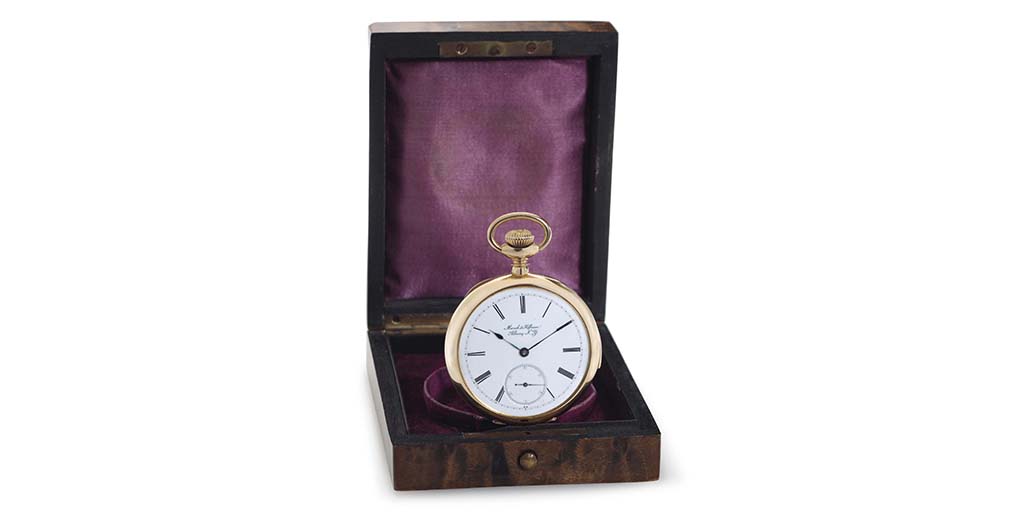
The importance of authenticity
I see so many people preach about the importance of originality and then jump to buy a watch that had its dial restored in a questionable manner. I see others obsessed over box and papers and then jump to buy a piece ‘naked’ with the hopes of flipping it to make money. However, it is quite possible to find a 19th-century watch in mint condition with original box and papers for less than 10,000 USD. It’s truly incredible when you consider the age and the three to five generations it has passed through.
Advantages of the size of a pocket watch
In terms of handcrafts, there is no better canvas to present the traditional arts than on a pocket watch. The size allows the artist to present materials and techniques in exceptional way. Miniature enameling, engraving, cloisonné, etc. can all be presented in a way that is unmatched by the smaller wristwatch.
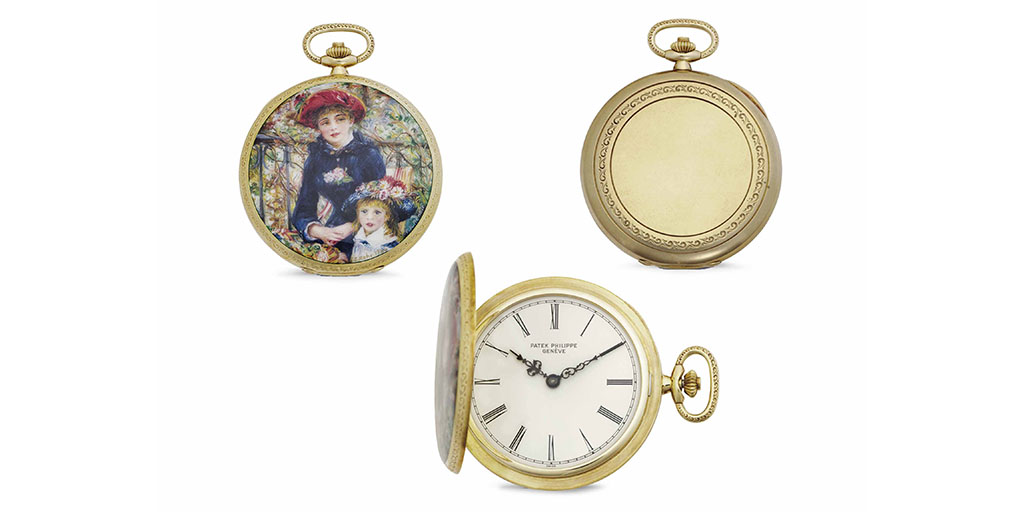
Mechanically, the breath of interesting escapements and complicated movements to consider are endless. It’s not only price points to consider, it’s the actual functionality. Consider the sound of a minute repeating pocket watch versus its wristwatch equivalent. The resonance and volume of the repeating will be much richer and clearer than with a wristwatch due to the size – and at a fraction of the price.
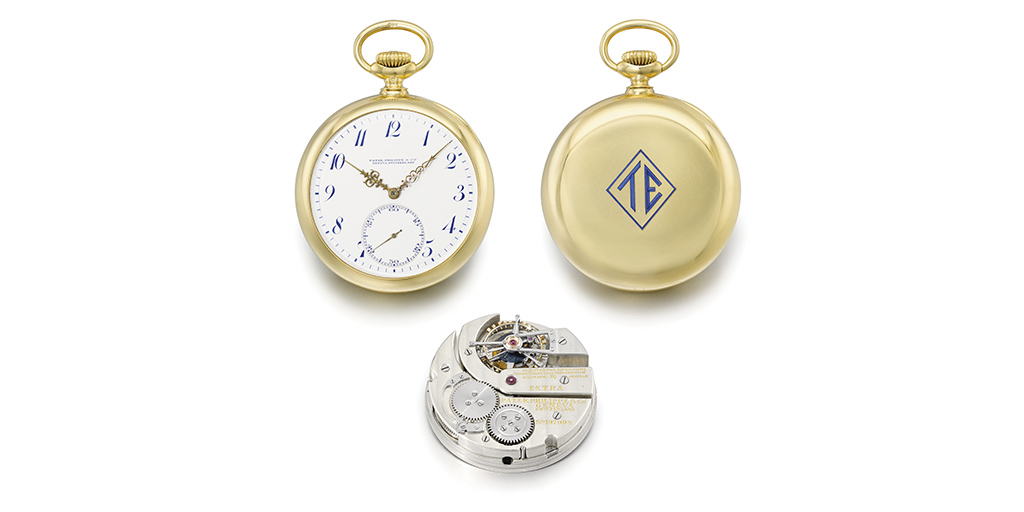
Future articles will dive deep into the traditional arts seen on Patek Philippe timepieces as well as complications. However, I hope this short exploration into the value proposition of Patek Philippe pocket watches sparks some debate and maybe encourages some collectors to consider owning one of these undervalued and under-loved works of horological art. But please take your time figuring this out – I want to keep buying more before the prices go up!

